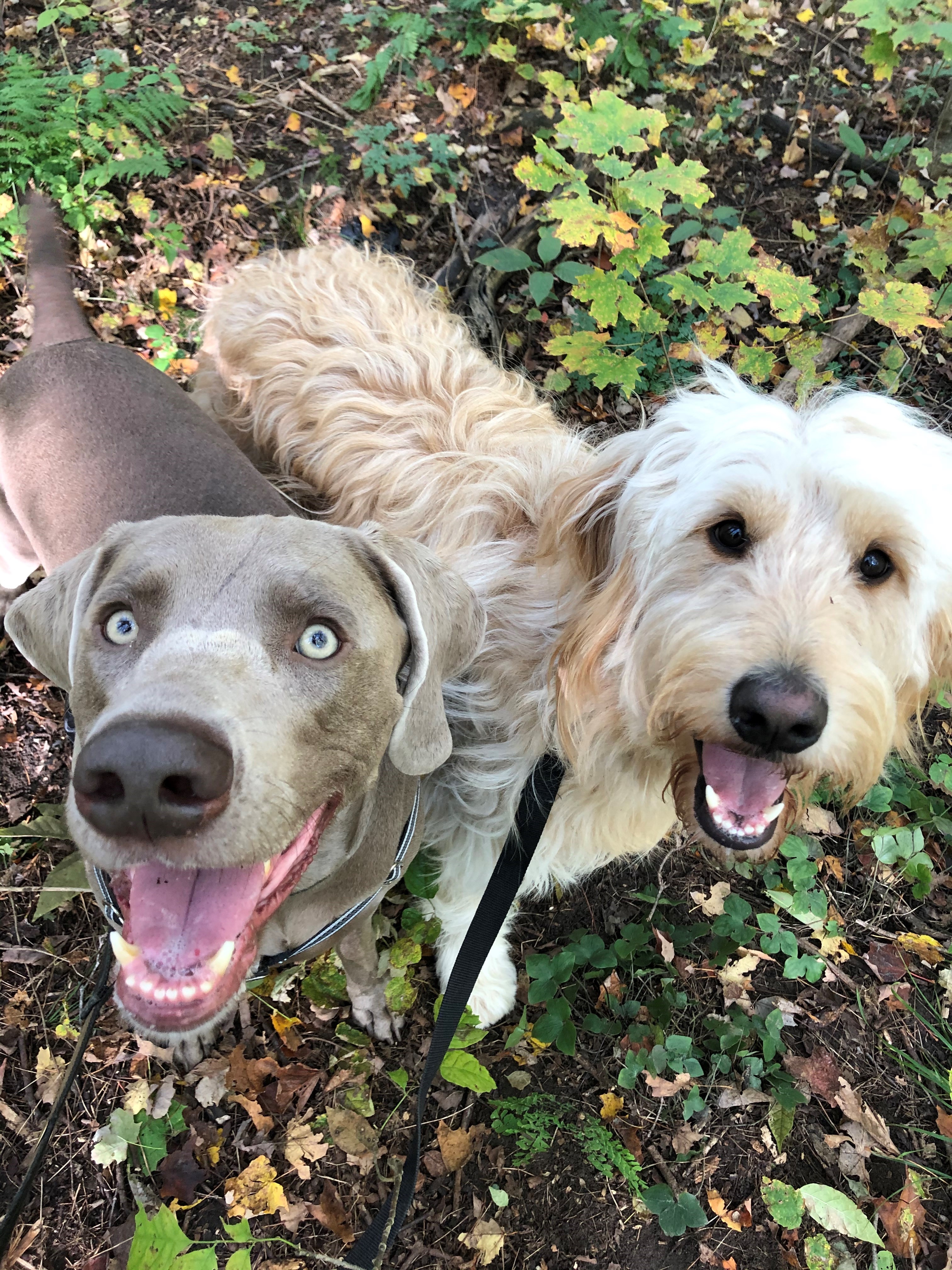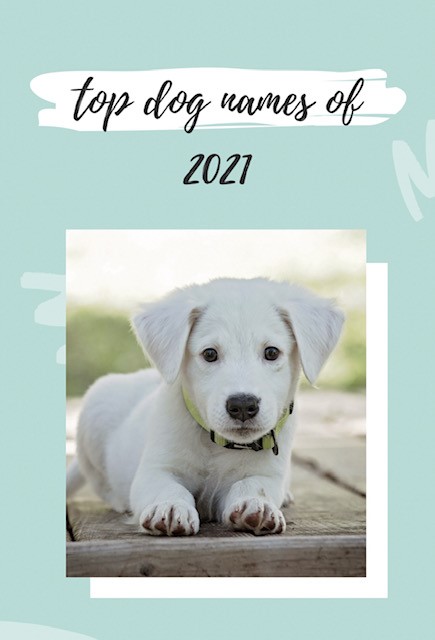After thousands of years of practice, you might think that training a dog would be a natural, almost intuitive process for us humans. But often we make honest mistakes that can lead to annoying habits in our dogs. Usually these mistakes aren’t catastrophic, but major errors can cost owners (and dogs) years of frustration. We put together 3 of the most common training mistakes we often make as pet owners, and what you can do to fix them- check it out:
You use too much emotion
Excessive emotion can put the brakes on your pup’s ability to learn. Train with force, anger, or irritation and you’ll intimidate them and turn training sessions into chores. Likewise, if you’re training your pet with hyperbolic energy, piercing squeals of delight, and over-the-top praise, and you will fire up their energy level far beyond what they need to focus and learn.
Keeping what trainers refer to as “a sense of calm indifference”—a demeanor which shows competence, and a sense of easy authority. A laid-back, loving, mentoring kind of energy calms a dog, and fills it with confidence. If your dog goofs up, instead of flying off the handle, back off, and try again. Likewise, if she gets something right, instead of erupting with praise, just calmly praise her, smile, then move on. Your pup will notice this relaxed attitude and reflect it.
You are inconsistent
Dogs need to feel that their mentors and providers are consistent in behaviour and in rule setting. If you vary training technique too much, especially in the beginning, you’ll diminish your dog’s ability to learn. For instance, if one day you stay patient with a stubborn dog, but the next day lose your cool, they won’t be able to predict how you’ll react at any given moment. This breaks confidence and trust. Instead, stick to a consistent attitude and training method, and be very clear with what is and isn’t acceptable behaviour. If your pet isn’t allowed on the bed, but you let it happen two times out of ten, that’s inconsistent. Set rules and stick to them.
You don’t train to the individual dog
We don’t need to tell you that every dog has a distinct personality! Though breed helps determine this, the individual dog’s character needs to be understood before training can ever succeed. It’s up to you to figure out which training methods stick.
For example, most retrievers are very sociable and can handle lots of people or dogs around them. But try this with a Chow Chow or Shiba Inu, and you may be in for a surprise. Likewise, a dog with a high food drive will respond to treats, while a dog with a low food drive may require a different incentive. It’s all about finding the best way to get through to YOUR dog.
If you have a shy dog, plan on showing a saint’s patience. Train peacefully at first, with few distractions. Train to the dog’s limitations, but as they get further along, gradually sneak in social situations to desensitize and build confidence. If your dog is big and loud, be just as big, just as loud. Know that your dog CAN be challenged more than a timid dog. For dogs in between, reason out a training strategy based upon personality, size, age, energy, breed, and history. Don’t be afraid to reach out to local trainers for advice!
If you stick to these basic guidelines, you’ll slowly redefine yourself as the resident trainer, and not just your dog’s concierge. Practice, succeed, be confident, and have fun with your protégé!







Leave A Comment
You must be logged in to post a comment.